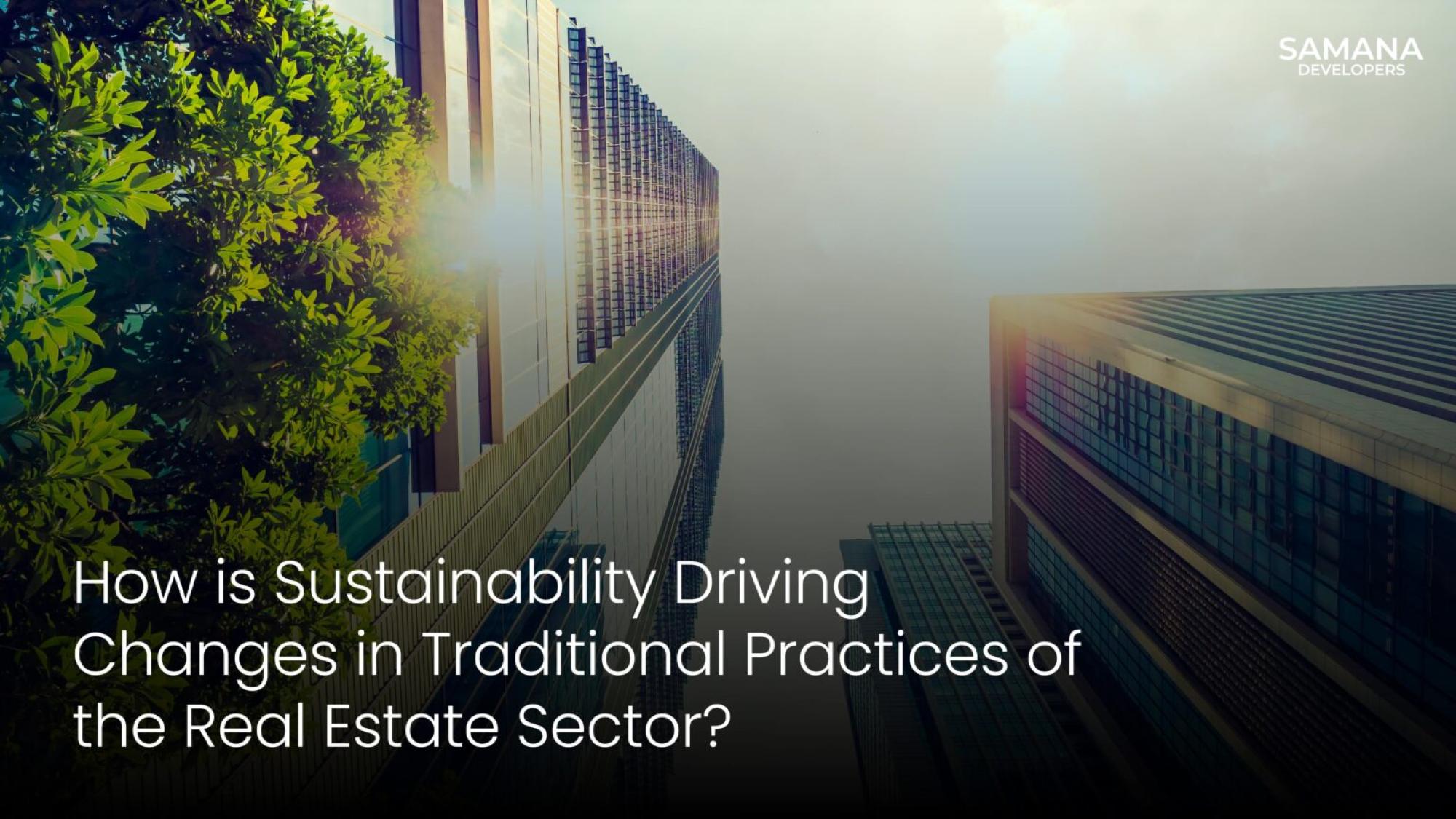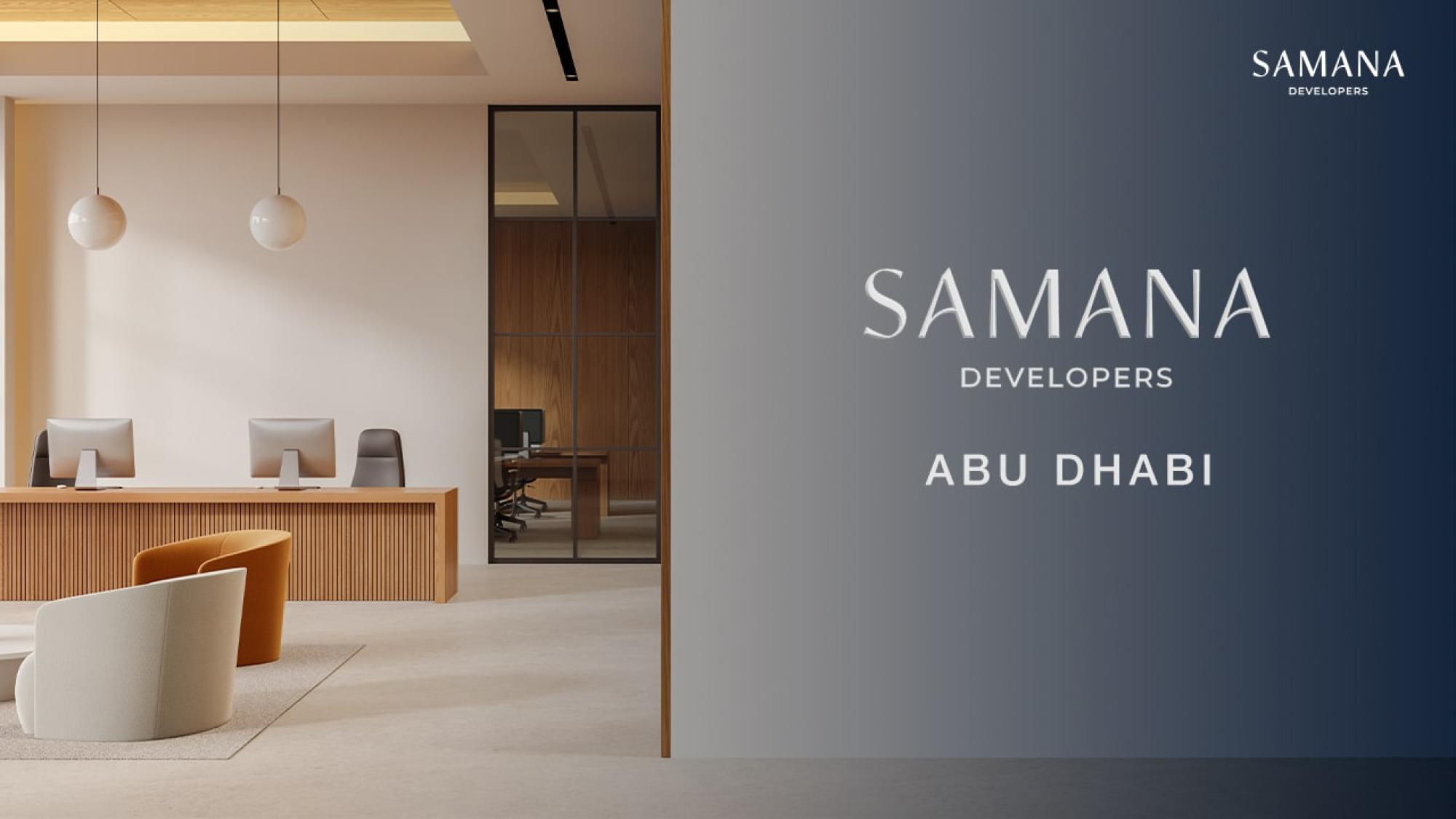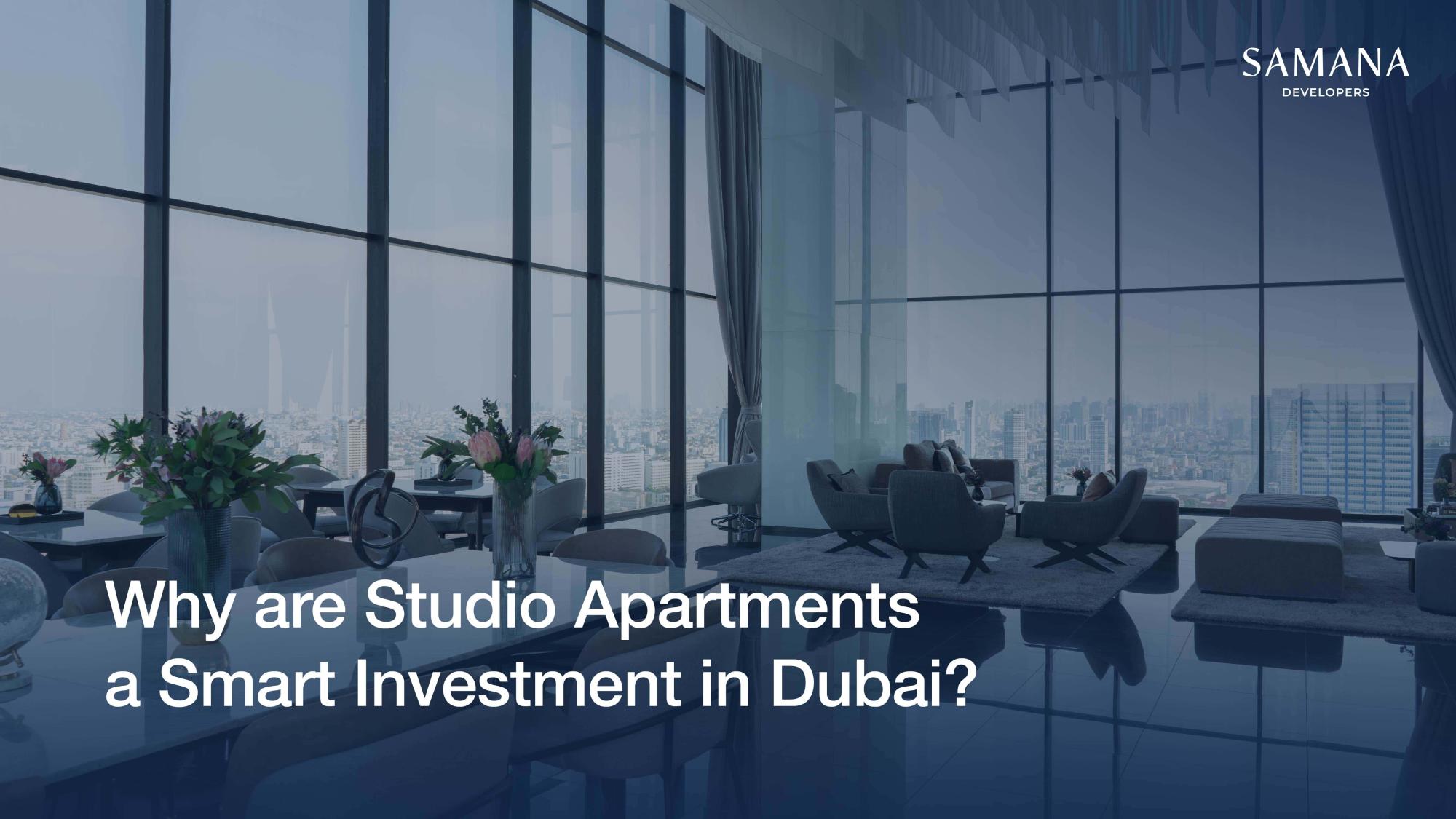How is Sustainability Driving Changes in Traditional Practices of the Real Estate Sector?

The skylines of our cities are constantly evolving, reflecting not only economic progress but also societal shifts in values. Today, a powerful force is reshaping the landscape of real estate: sustainability. Beyond buzzwords and trends, sustainability in real estate is becoming the bedrock of modern development, driving a paradigm shift in traditional practices and propelling the industry toward a greener, more responsible future.
From Concrete Jungles to Eco-Conscious Hubs:
Decision makers around the world are incentivizing the development or retrofitting of commercial, residential, and industrial buildings to make them more energy efficient and lowering emission rates.
The focus is no longer solely on square feet and profit margins. Architects and developers are now embracing eco-friendly construction, incorporating renewable energy sources like solar panels and geothermal systems, and optimizing energy efficiency through innovations in real estate building design and materials. Green roofs, rainwater harvesting, and greywater recycling are minimizing water consumption, while natural ventilation and biophilic design elements are fostering healthier, more comfortable living spaces.
Innovation Beyond Bricks and Mortar:
Sustainability in real estate isn't just about bricks and mortar; it's about reimagining the entire ecosystem of real estate. Smart building technology is at the forefront, with intelligent systems optimizing energy use, monitoring water consumption, and even predicting potential maintenance issues. Data-driven insights are informing investment decisions, with green financing instruments like green bonds attracting investors seeking sustainable returns.
Beyond Efficiency: Building for Wellbeing and Resilience:
The future of real estate extends beyond environmental impact. Modern real estate developments are prioritizing human health and well-being, incorporating green spaces, walkable communities, and amenities that encourage active lifestyles. With climate change posing increasing threats, resilience is also key. Buildings are being designed to withstand extreme weather events and adapt to changing environmental conditions.
This isn’t just about regulating and simulating the sustainability of individual buildings, governments are proactively working to transform their cities to be more live-able, smart, and compelling.
Sustainability practices
In the beginning, it was a niche concept but sustainability practices have now become the driving force behind development, this is driven by a concern for the environment and the desire to conserve resources.
- Green building certification: these include but aren’t limited to LEED (Leadership in Energy and Environmental Design) and BREEAM (Building Research Establishment Environmental Assessment Method) these set the gold standard for sustainable construction.
- Renewable integration and energy efficiency are prioritized, and buildings are equipped with state-of-the-art, optimized: insulation systems, heating, and ventilation systems and use of renewable energy sources.
- (IOT) or the Internet of Things, allows real-time monitoring of controls over various systems such as lighting, heating, cooling security, etc. These technologies enhance energy efficiency by automatically adjusting resource consumption.
- Sustainable material and construction techniques emphasize the use of construction materials that are eco-friendly recycled, and locally sourced. Additionally, advanced construction methods minimize waste.
- Life Cycle Assessment and Adaptive Design, these assessments evaluate a building's environmental impact from design and construction to operation and eventual decommissioning. The insights gained inform adaptive design strategies that ensure buildings remain relevant and efficient throughout their life cycles
The Power of Consumer Choices:
This sustainable revolution isn't just top-down; it's driven by a shift in consumer preferences. People are increasingly seeking eco-conscious living spaces, prioritizing energy efficiency, access to green spaces, and healthy building materials. This demand is pushing the industry to adapt, with developers catering to a growing segment of environmentally conscious homeowners and tenants.
Investing in a Sustainable Future:
The benefits of sustainable real estate are undeniable, for example, reduced energy and water consumption translate to cost savings for both developers and occupants. Green buildings attract higher rents and command premium valuations, making them a sound investment for both individuals and institutions. Perhaps most importantly, sustainable practices contribute to a healthier planet and a more resilient future for generations to come.
The Road Ahead: Embracing Transformation:
The journey towards a sustainable real estate future isn't without challenges. Initial investments in green technologies may be higher, and regulatory frameworks need to evolve to incentivize sustainable practices. However, the long-term benefits are undeniable. By embracing innovation, collaborating across stakeholder groups, and prioritizing responsible development, the real estate industry can unlock a future where buildings are not just structures but thriving ecosystems, contributing to a healthier planet and a more sustainable future for all.




